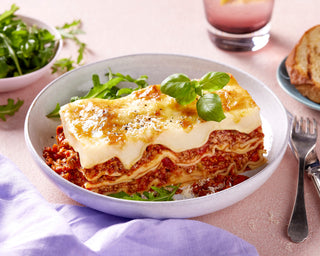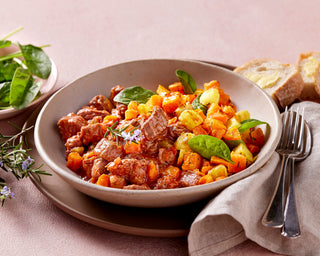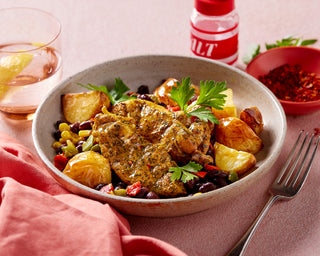Usually when someone says “food processing”, our brains immediately switch to ‘processed foods’, conjuring up images of all the packaged food lining our supermarket shelves. More generally though, food processing refers to the transformation of raw ingredients, by physical or chemical means, into ready-to-eat food. The history of food processing is a long and varied one. From the discovery of cooking with fire many hundreds of thousands of years ago, through to salting, curing and fermentation, our food culture is heavily influenced by each of these methods. More recently, with the rise of industrialisation, some more modern forms have emerged that continue to affect our food culture and eating habits today. What was once a way to create a safer food environment and enhance availability, processing has now turned into a mass production of convenient alternatives. A lack of time and consumer knowledge has also meant that many of us are cooking less and, as a side effect, eating less nutrient-dense foods. In this Fresh News article, we’re taking a look at a few of the more significant moments in food processing, some more modern developments that create the foods we’re familiar with, as well as what effects these processes can have on the nutritional value of our food.
Fire
It is believed that cooking with fire first began 1.8 million years ago. Anthropologists have suggested that cooking food has actually played a crucial role in our evolution and development as a species. The Cooking Hypothesis attributes cooking to bigger brain development. It has been suggested that through cooking foods such as tubers (vegetables like potatoes, yams, sweet potatoes, etc.), more calories were consumed, as they were easier to eat. When tubers are eaten raw, they are tough and fibrous, requiring a lot of energy to chew and digest. The metabolic energy saved through cooking resulted in more energy dedicated to neural growth.
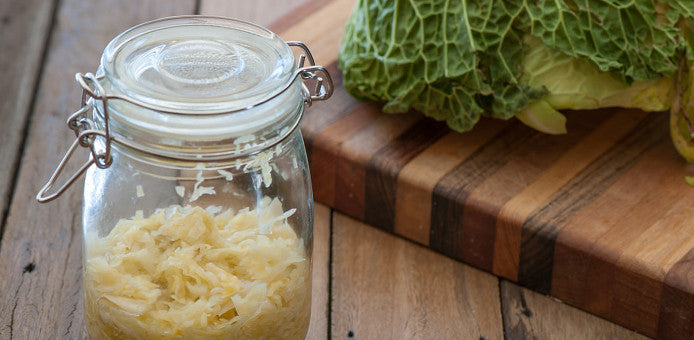
Fermentation
The earliest records of fermentation date back to 6000 BCE when alcohol was first discovered. There is also evidence that humans were using fermentation to create sourdough bread prior to 3700BCE. Fermentation has numerous benefits and each culture has developed their own local variations, be it kimchi, sauerkraut, natto, or yoghurt. Fermentation occurs through the process of converting carbohydrates to alcohols and carbon dioxide or organic acids using yeasts, bacteria, or a combination thereof. It is used to add flavour, preserve foods, enrich foods with healthy microorganisms, and reduce the need to cook certain ingredients.
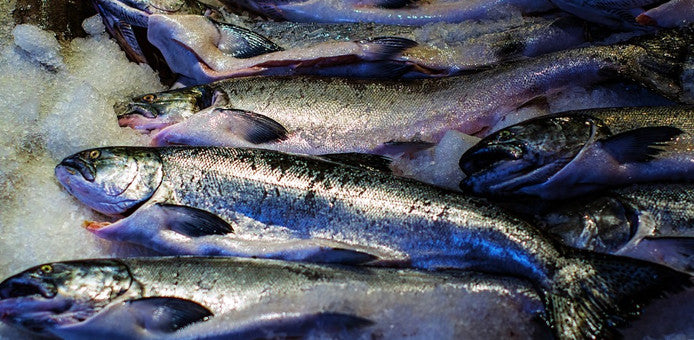
Freezing
Freezing uses low temperatures to slow down microbial growth in food. When done correctly and with the right product, frozen foods are often just as good from a nutritional standpoint as their fresh counterparts. Some products, such as dairy, do not lend well to freezing. Freezing creates water crystals that can often damage cell structure and change the properties of the food once defrosted, for example, the separation of yoghurts. The ruptured cells collapse as the food thaws and liquid seeps out. This changes the texture of the food, making it softer and less resilient. All of the liquid that seeps out of the thawed food is a loss of weight, flavour and nutrients. Here at Dineamic, we use a process of “cook-chill”, where hot cooked food is rapidly brought down in temperature. The rapid cooling from a blast chiller reduces loss from evaporation and minimises the size of the ice crystals that form in the food, meaning less damage to cell structure. This process also minimises the time food spends in the temperature “danger-zone” (5 °C to 60°C), when it is easiest for harmful bacteria to grow in food.
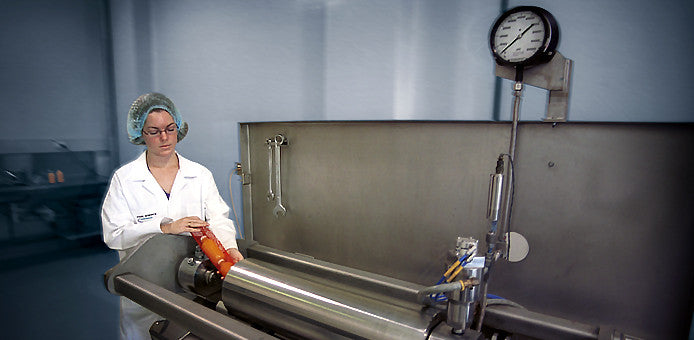
H.P.P.
Original studies on the effects of pressure on fluids date back as far as the 17th century, with the work of Blaise Pascal. HPP stands for High Pressure Processing (also referred to as Pascalisation) and is a modern food processing technique used to preserve foods whilst maintaining their nutrient profile. Modern HPP uses pressure rather than heat, leading to the inactivation of certain microorganisms and enzymes in the food, as well as keeping nutrients intact. It is useful for a variety of products such as fruits, vegetables and juices.
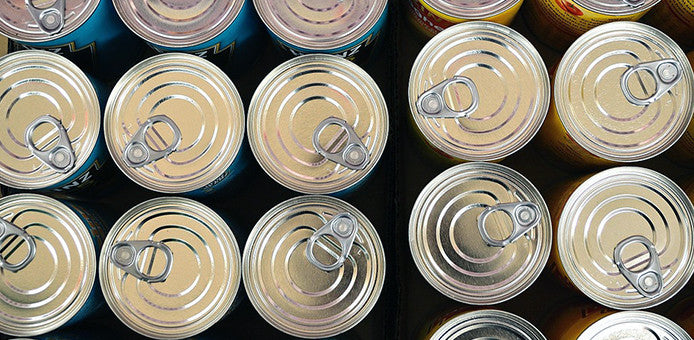
Canning
Canning originally dates back to the Napoleonic wars, when the French government offered a large cash reward to any inventor who could devise a cheap and effective way to store food. The technique continued to evolve throughout the 1800s-1900s, allowing foods to be kept for a longer period of time. The process involves sealing food within a tin can, which is then heated, either in boiling water or a pressure cooker (the temperature and time varies according to the food).
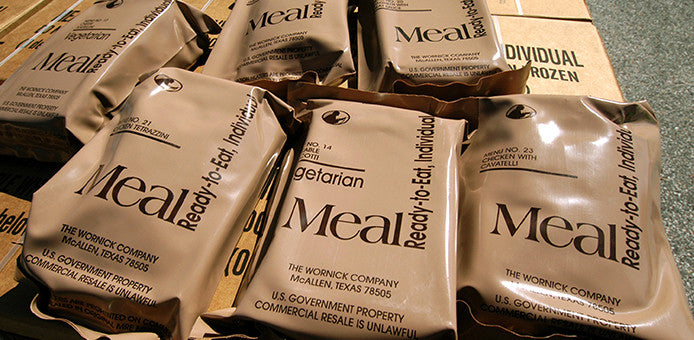
Retort Packaging
Retort pouches were developed by the United States Army and became big in the 1970s and 1980s, replacing canned army rations. The process involves heating either cooked or raw food within their packets to a temperature of 116°C -121°C for several minutes, which reliably kills all commonly occurring microorganisms and prevents the food from spoiling. To prepare, the contents of the pouch are poured into a saucepan or microwave-proof dish to reheat and were then ready to consume. Retort pouches were a useful addition to food manufacturing as it allowed for increased shelf life and ease of mobility as refrigeration was no longer required. With canning and retort packaging the heating process can destroy a lot of the nutrient in the product, in addition to the nasty microorganisms. Studies have reported adverse effects to water-soluble nutrient content, in particular peas, spinach and tomatoes.



